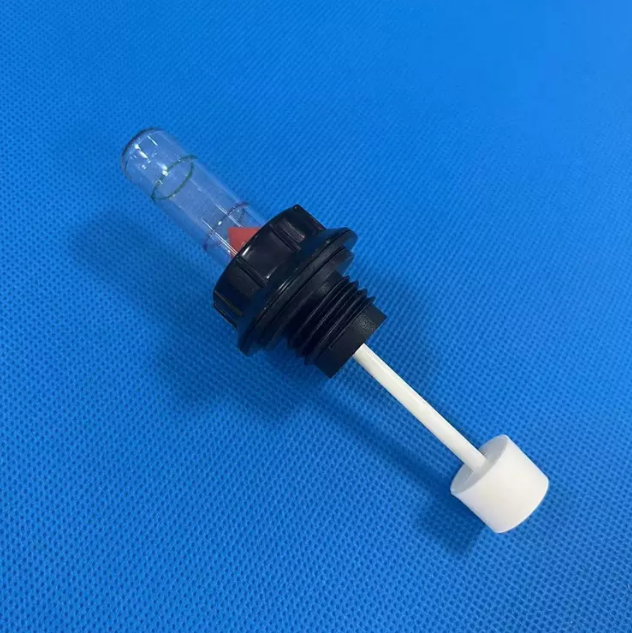Why do batteries require liquid level indicators?
- By: JinHan
- Nov 27,2023
follow us
A lead-acid battery needs a water level indicator for several important reasons:
The water level in a lead-acid battery's electrolyte is crucial for its proper functioning. It ensures that the plates remain submerged, allowing for the chemical reactions necessary for electricity generation to occur effectively. Monitoring the water level helps to ensure that the battery operates within the optimal electrolyte level range.
If the water level in the battery drops too low, the exposed parts of the plates can become damaged or sulfated, leading to reduced battery capacity and lifespan. By having a water level indicator, users can promptly add distilled water to maintain the proper electrolyte level, thus preventing damage to the battery.
Low electrolyte levels can also result in increased heat generation during battery operation, which may lead to overheating and potential safety hazards such as thermal runaway or explosion. A water level indicator allows users to monitor and maintain safe operating conditions by ensuring adequate electrolyte levels.
Maintaining the correct electrolyte level helps optimize the performance and efficiency of the lead-acid battery. By ensuring that the plates are fully submerged, the battery can deliver consistent and reliable power output over its lifespan.

 English
English Russian
Russian Portuguese
Portuguese Arabic
Arabic Bangla
Bangla Indonesian
Indonesian








